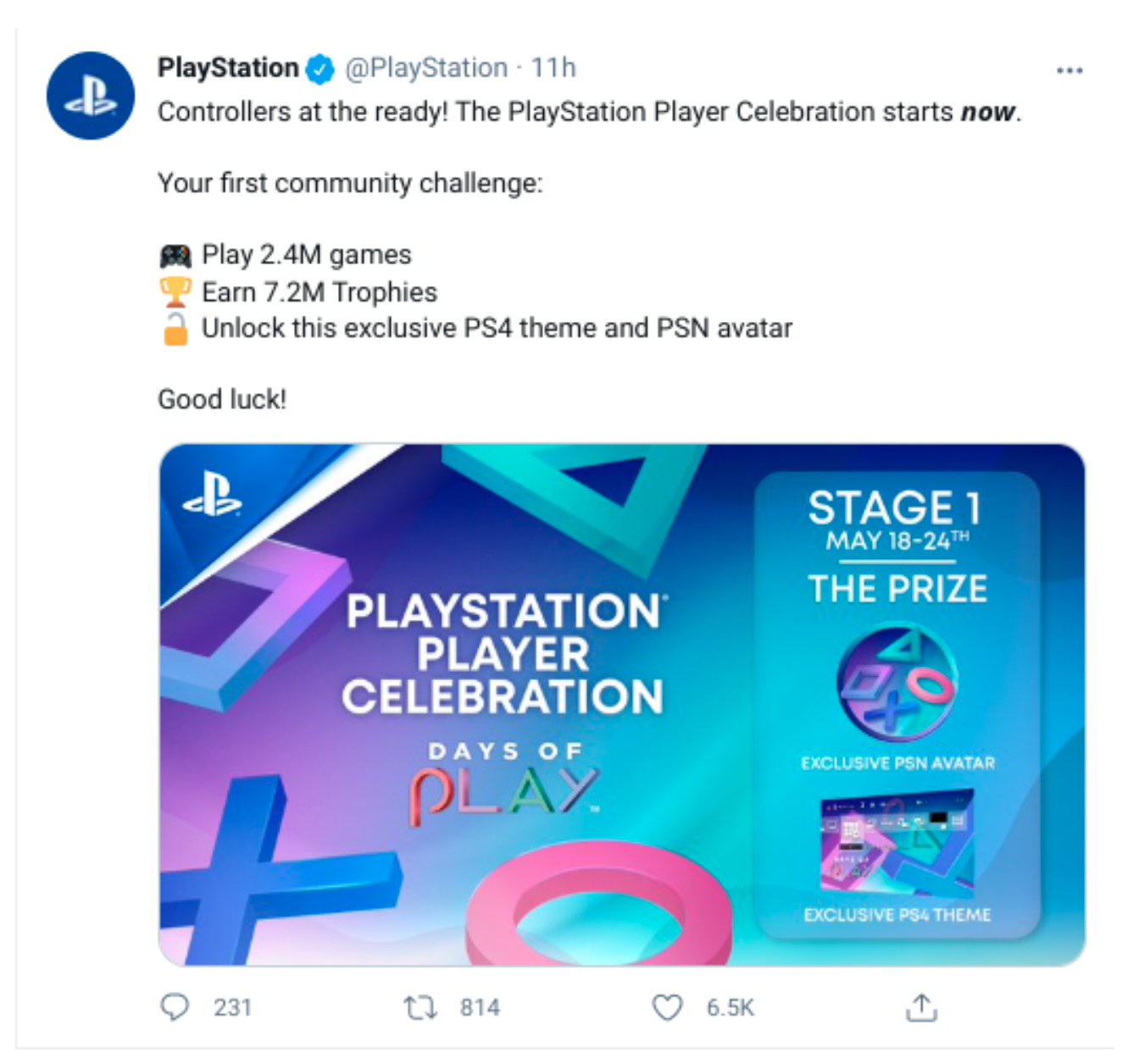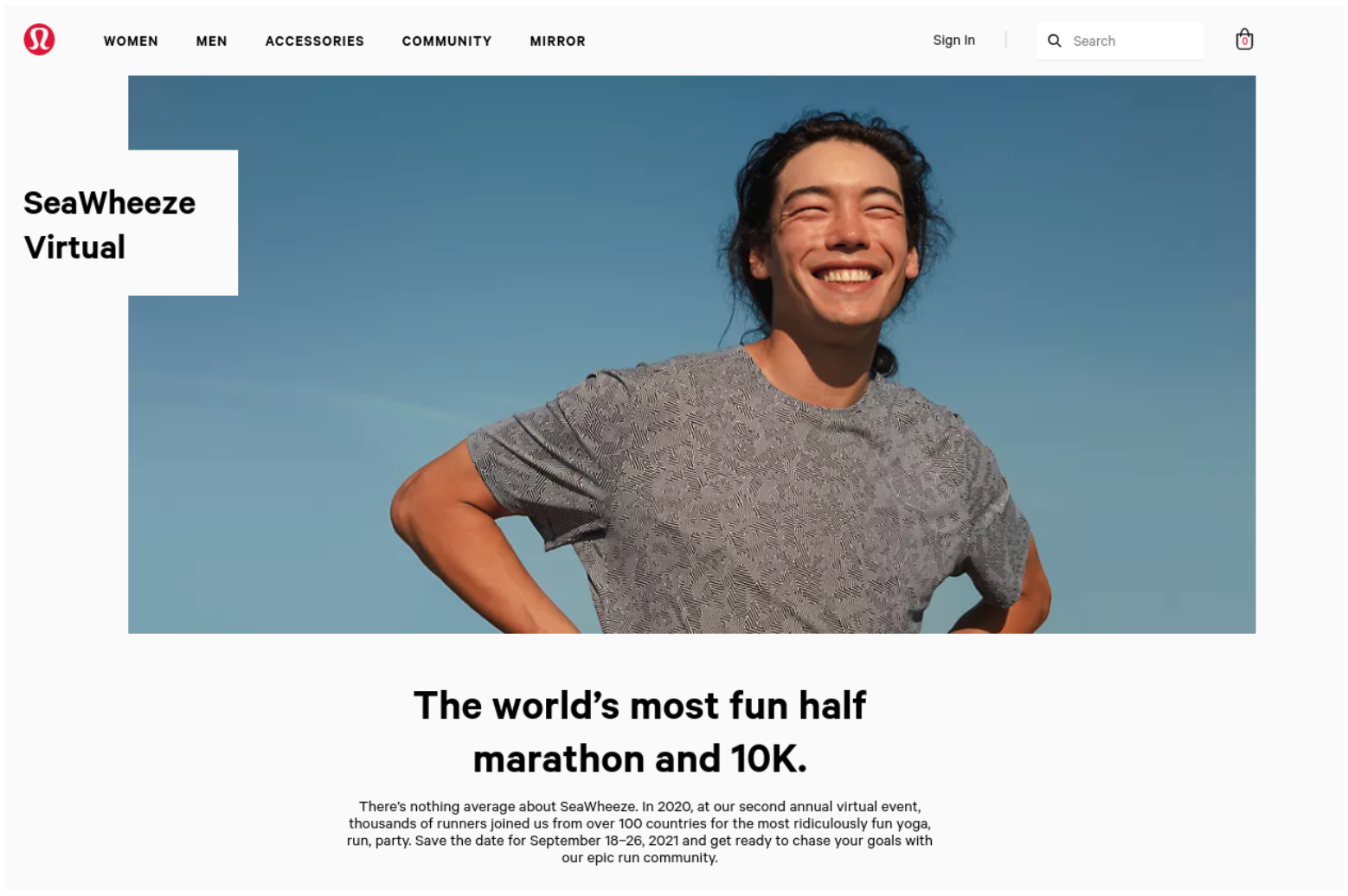Creating quality content is the only way to cut through the noise and keep your customers interested, excited and loyal.
Why? Because with so many competing brands out there, you need to let prospective customers know that the expert in the industry, the brainstormer of genius ideas, the builder of innovative products and the one true market leader is… you.
That can’t be accomplished hiding behind a curtain. You need to get out there and talk to your prospective customers about the things they want to hear.
This strategy is known as audience engagement.
What is Audience Engagement?
Audience engagement describes the connection between a brand and its customers, facilitated by a marketer leveraging content with social media, virtual and in-person events, advertising or any other method of communication or publicity.
The deeper the connection, the stronger the relationship is between audience and brand. This connection can manifest as an audience member clicking on a business’s assets, reading its content or interacting with its posts.
In recent years, audience engagement has become considerably more dynamic — and harder to measure — largely because customer expectations have changed. Technological advances have allowed brands to reach users more effectively, and in turn, customers have begun to expect a deeper, more personal communication of content.
Subscribe to
The Content Marketer
Get weekly insights, advice and opinions about all things digital marketing.
Thank you for subscribing to The Content Marketer!
Audience Engagement in Action
Take Chipotle for example. The brand capitalized on Americans’ existing obsession with avocados as well as their rising interest in a new social media platform, TikTok, to begin a fun and engaging campaign called the #Guacdance. Chipotle informed its target audience of the new trend through a press release as well as social media.
The results are pretty much what you’d expect.
@brentriveraWhen guacamole is free @chipotle when you order online/in-app on July 31st #GuacDance #ad♬ The Guacamole Song – Dr. Jean
All Chipotle had to do was invent a hashtag centered around National Avocado Day, add dancing and people were sold. The #Guacdance is only one of several TikTok challenges Chipotle started and it’s been paying off. The brand has 1.6 million followers on just that social media platform alone.
Your brand’s goal is to use content to engage with your customers, converting them from respondents to loyal patrons and then to brand evangelists (if that’s what you call thousands of people excitedly dancing around bowls of guacamole).
How Does Content Marketing Come In?
Audience engagement and content marketing go hand-in-hand. You can’t expect a customer to start a dialogue with no prompting — you have to stop them in their tracks and get them to notice your brand so you can begin to form a relationship.
Just advertising alone isn’t enough to convince your target audience that your brand is high-quality. Content marketing as part of your audience engagement strategy means showing, not telling.
Content Marketing Gains Trust
Just look at Warby Parker, an eyewear company that offers customized sunglasses and eyeglasses. Something it has opted to do — which many other companies have not — is publish an online, step-by-step visual guide to how every pair of glasses is made. Members of the brand’s target audience get to see for themselves exactly how the products are manufactured.

Much of the glasses-making process is done by hand. The glasses are tested to ensure they are strong and functional. Warby Parker even uses sustainable products. All of those considerations are important for customers these days. So brands that implement these practices into their processes should make that abundantly clear through their content marketing.
Warby Parker has worked hard to garner trust from its audience. It’s one of the reasons the brand is so popular.
How Social Media Can Improve Audience Engagement
Content marketing doesn’t just exist on a brand’s website. That’s the beauty of it — it can exist anywhere and be just about anything. When social media platforms like Instagram, Twitter, Facebook and others became popular, content marketing changed forever.
Social media gives organizations the opportunity to create an online personality and interact with customers regularly, breaking down some of the walls between brands and their audiences.
There are many different ways your brand can support audience engagement on social media.
Companies can share testimonials from happy clients, and respond to their followers’ comments and replies. They can also post photos or videos of people using their products to give inspiration and tips. It’s interactions like these that add value to a brand outside of the products or services themselves and nudge people to become loyal customers.
Choosing Audience-Specific Content
Organizations can also pose challenges to their social media followers to increase engagement. One company that has seen massive success with this strategy is PlayStation.
From 2014 to 2019, PlayStation’s Twitter followers increased by 376%, according to Unmetric. That’s 12 million followers in 5 years.
The social team did it by engaging their audience, who are primarily video game enthusiasts, in the best way they know how — with video game content and challenges.
For one, they encouraged people to stay home during the COVID-19 pandemic by posting the #Playathome challenge and offering free downloads of the video games Uncharted and Journey. Over 10 million people downloaded the games, according to PushSquare.
PlayStation also encourages its followers to play more video games by offering incentives to do so, like the opportunity to unlock new themes and avatars.

PlayStation also hosts virtual streaming events and excites its followers with teasers for soon-to-be-released games.
The new PS5 came out recently. But you probably already knew that, didn’t you? That’s largely because it’s all gamers are talking about on social media. Much to PlayStation’s credit.
Improving Audience Engagement with Events
Somewhat the opposite of PlayStation’s #Playathome initiative, other brands host events to get their audience up and moving.
When Brands Become Movements
Companies that specialize in athletic equipment and clothing are some of the biggest proponents of health and fitness.
One athletic clothing brand you’ve probably heard of is LuluLemon, and it’s largely because it has such a huge following.
For people who are into fitness, there’s nothing more exciting than a community event. LuluLemon hosts in-person events in every state throughout the country, and its audience can easily find events near them on their events page.
LuluLemon also hosts virtual events, like online classes and workshops. One of the brand’s most popular events, however, is SeaWheeze, a virtual half marathon and 10K.

It’s hard to make working out sound like fun, and LuluLemon does it by turning it into a party. Even if it is a virtual event, any attendee can expect to meet like-minded people and have a change of pace from their normal activities.
Your brand can do something similar, whether it’s hosting a local trivia contest, open mic night, showcase of your newest products or really anything else that will sound fun to your audience. The point is, it gets people thinking about your brand and excited about your products.
Tracking the Success of Your Audience Engagement
None of your hard work creating quality content will matter if it doesn’t result in heightened audience engagement. That’s why you also need to know how to assess the performance of your initiatives.
To help define your audience engagement, here are some of the most important questions to ask when analyzing your campaigns:
Are Users Excited About Your Content?
Twitter, Facebook, Instagram and other social media platforms for businesses provide metrics on follower engagement and trends.
By using these tools, you can see how many followers like, share or comment on your posts, as well as which posts get the most attention.
You can use this information to tailor your audience’s experience to exactly what they want to see more of. Maybe social media is the right channel for your brand, or maybe it’s not.
Which Type of Content is Most Effective?
Audience engagement might involve a lot of trial and error. You could start a social media campaign or a blog series that ends up being a flop. You won’t want to continue wasting time and resources on it if that’s the case.
Social media metrics and Google Analytics can help you assess which of your audience engagement strategies are working and which need to be altered or scrapped. You can see which social media posts are blowing up and which are being ignored. Google Analytics will show you information on how your audience is engaging with your website, like total clicks, bounce rates and more.
The Best Content Marketing for Your Brand
There’s no one right answer for engaging your audience. It depends on what you’re selling, what you want your brand’s personality to be and who your target audience is.
The goal of audience engagement is to make a strong connection through your content, turning those who don’t know or care about your brand into loyal patrons who recommend you highly to their friends, and maybe even dance around your products on Tik-Tok.
Quality content marketing will get you there.
Editor’s Note: Updated June 2021.





